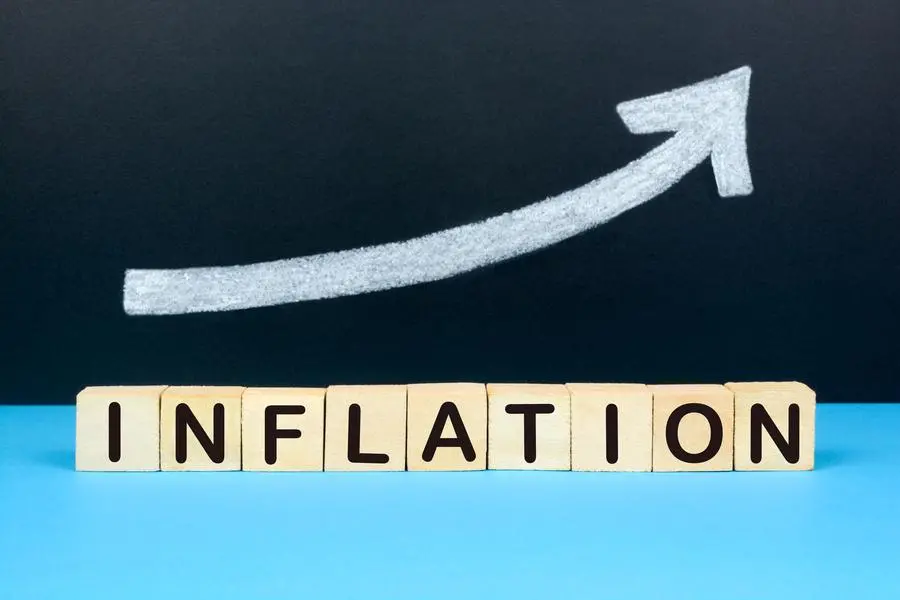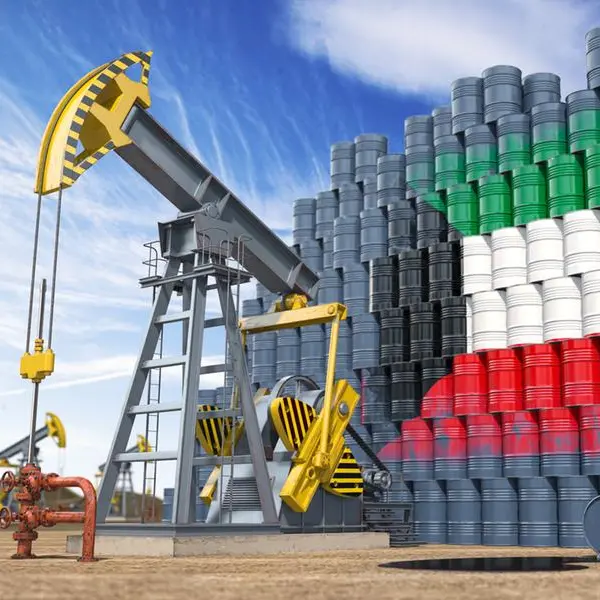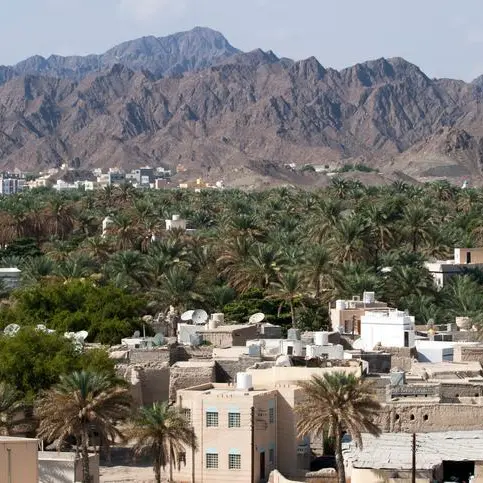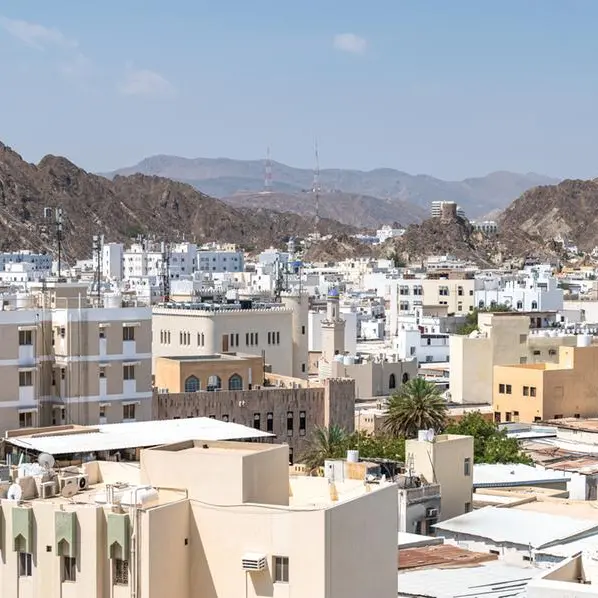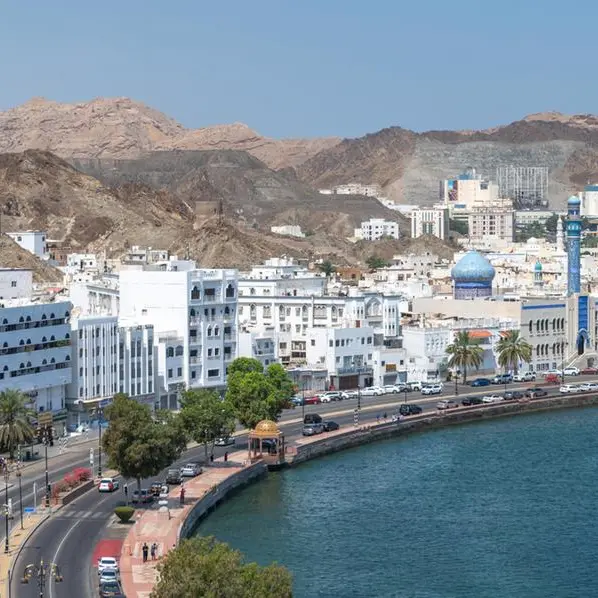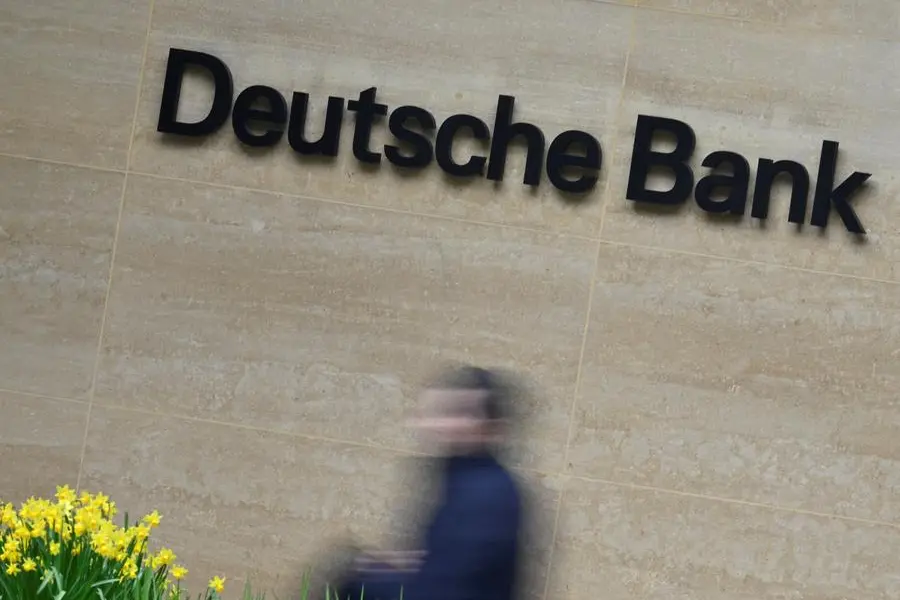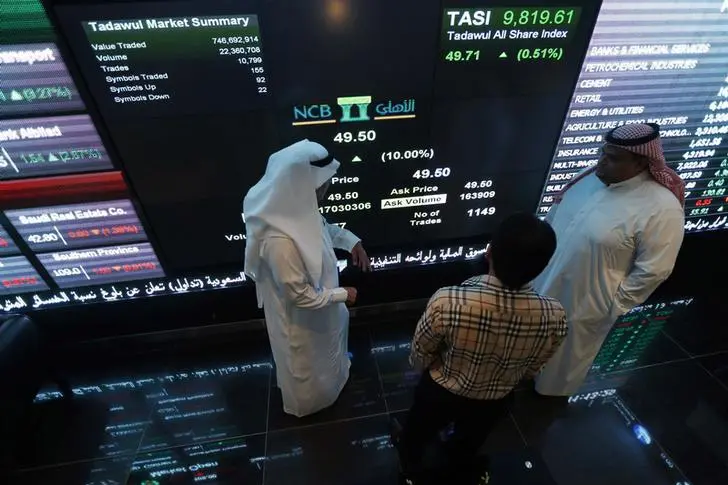PHOTO
Concept of Inflation. Getty Images Image used for illustrative purpose.
Oman - The Sultanate of Oman’s longstanding currency peg regime, which ties the Omani rial to the US Dollar based on a fixed exchange rate, has been credited with helping mitigate the effects of runaway global inflation on the Omani economy.
The Central Bank of Oman (CBO) has characterized the fixed peg regime as a “credible nominal anchor” for the Omani economy, helping also blunt the impact of surging inflation witnessed across the world in 2022.
“In a global inflationary environment, (the currency peg) helped contain domestic inflation in Oman well below the global levels,” said Tahir bin Salim al Amri (pictured), Executive President - CBO.
Writing in the apex bank’s maiden Macroeconomic Stability Report, issued on Tuesday, Al Amri added that the US Federal Reserve had raised its target federal rates by a total of 425 basis points in seven stages as part of a sustained bid to rein in inflation in 2022. “The CBO followed each of these rate hikes within the framework of a fixed exchange rate regime,” the Executive President noted.
According to the Macroeconomic Stability Report, the currency peg supports price stability by weakening the pass-through effect of imported inflation. The latter is a “significant determinant” of inflation in Oman due to the nation’s heavy reliance on imports.
“(The fixed peg regime) limits excessive changes in domestic inflation by transmitting prevailing monetary conditions in the USA to Oman. Higher US inflation, especially in regular times when price stability is given the utmost priority, triggers a rise in the Fed’s policy rate, raising US interest rates and curtailing demand-pull inflationary pressures. In the absence of bottlenecks in local markets and domestic policy shocks, this would keep Oman’s inflation in line with inflation levels in the USA and Oman’s major trading partners,” the Central Bank explained.
Accordingly, inflation in Oman remained “well-contained” at much lower levels than in the US during January – September 2022 despite a dramatic spike in inflation globally, the report points out. Inflation averaged 3.0 per cent (YoY) during this period, which was considerably lower than consumer inflation rates in the US, other Advanced Economies (AEs) and most Emerging Market & Developing Economies (EMDEs), it said.
Citing the most recent estimates of the International Monetary Fund (IMF), the Central Bank noted that consumer inflation was expected to 3.1 per cent in Oman in 2022, versus 4.0 per cent for the rest of the GCC, 7.2 per cent in Advanced Economies, and a steep 8.1 per cent in the United States. It was even higher at 9.9 per cent for EMDEs – driven by booming energy and commodity prices.
Furthermore, average inflation trends in Oman were also “slightly lower” than the corresponding average in other GCC countries, which in turn have been significantly lower than the US average – a testament to the “success of the fixed peg regime adopted by the GCC countries in preserving price stability”, it stated.
While the fixed peg does play a “predominant” role in curbing inflationary pressures in Oman, other factors have contributed as well, according to the Central Bank. The list includes residual subsidies on utilities, price caps on some energy products and basic food commodities, and the exemption of several key consumer products from VAT.
“With rising US interest rates since March 2022, the USD strongly appreciated, and so did the OMR versus the other currencies of Oman’s major trading partners. This raised the effective exchange rate of the OMR and made Oman’s imports cheaper to domestic consumers, greatly limiting imported inflation. Moreover, CBO followed the Fed’s policy rate hikes during the year, tightening monetary conditions and limiting the inflationary impact of the excess liquidity in the interbank market,” the Central Bank added in conclusion.
2022 © All right reserved for Oman Establishment for Press, Publication and Advertising (OEPPA) Provided by SyndiGate Media Inc. (Syndigate.info).
